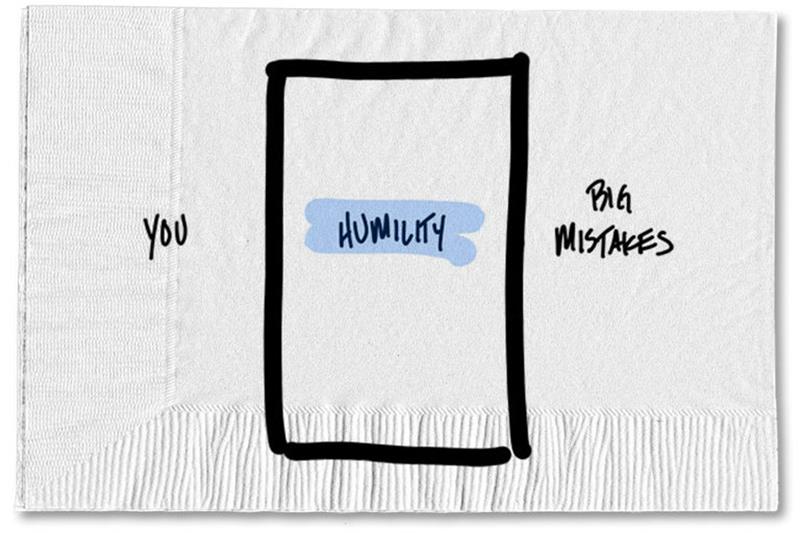Remember that kid in your high-school geometry class who raised his hand and asked the question everyone knew the answer to? Remember how the class laughed and thought he was so dumb?
It turns out that kid wasn’t dumb. That kid was humble. More humble than most of us. And being humble, when it comes to money, is incredibly smart.
That kid may very well have been Warren E. Buffett who, at the age of 86, still spends 80 percent of his workday reading and thinking. Why does he do this? To learn things he doesn’t already know.
You would think that Mr. Buffett — one of the most successful investors in the history of investing — would know everything he needs to know by now. But if there’s that much stuff that Warren Buffett still doesn’t know, chances are we could also stand to learn a thing or two. It starts with being humble enough to raise our hands when we don’t understand something.
Not long ago, my wife and I met with a lawyer to get some basic estate planning done. As he rolled through the plan, we just sat there nodding along, pretending that we understood everything he said. We signed a few papers, shook hands and walked out of the building.
When we got back to the car, we turned to each other and said in unison, “Did you understand that?” Neither of us had a clue what we had just done. The mistake of failing to admit we didn’t understand cost us valuable time in circling back and asking the obvious questions we should have asked in the first place.
The thing is, we both felt like we should have understood the process. My wife has a degree in finance. I’ve written a few books on the subject. As silly as it sounds, we were both too embarrassed (and proud) to ask the “dumb” questions.
While humility is a virtue in all parts of life, when it comes to making smart decisions with money, it serves as a vital layer of protection. When it comes to our money, there are no dumb questions.
So if we want to keep our money, consider this a lesson we can’t afford not to learn. I’m not telling you to start reading hundreds of pages a day, like Mr. Buffett (although if you have the time, go for it!). But I am telling you, if there’s something in your portfolio you don’t understand, say something now. Having the humility to admit there’s something you don’t know is the smartest thing you can do.
The above blog is by Carl Richards originally published in The New York Times’ Blog.
About the author: For the last 15 years, Carl Richards has been writing and drawing about the relationship between emotion and money to help make investing easier for the average investor. His first book, “Behavior Gap: Simple Ways to Stop Doing Dumb Things With Money,” was published by Penguin/Portfolio in January 2012. Carl is the director of investor education at BAM Advisor Services. His sketches can be found at behaviorgap.com, and he also contributes to the New York Times Bucks Blog and Morningstar Advisor. You can now buy – “The Behavior Gap” by Carl Richard’s at AMAZON.







0 Comments